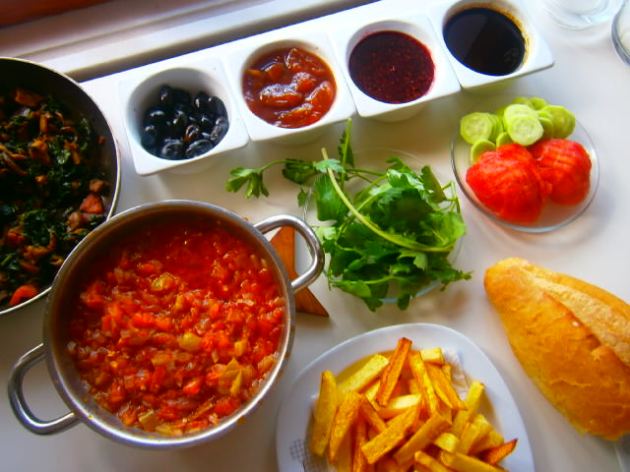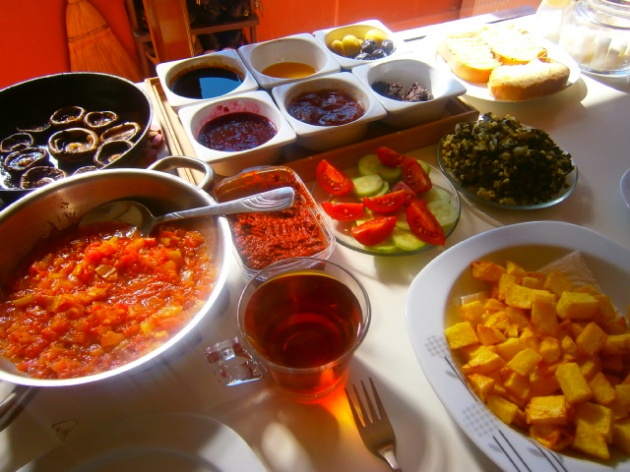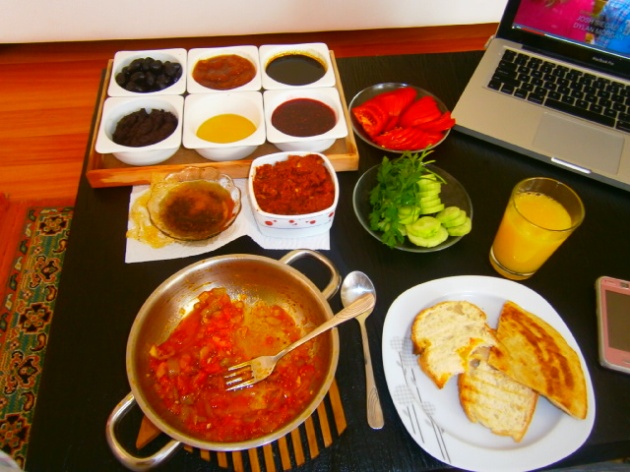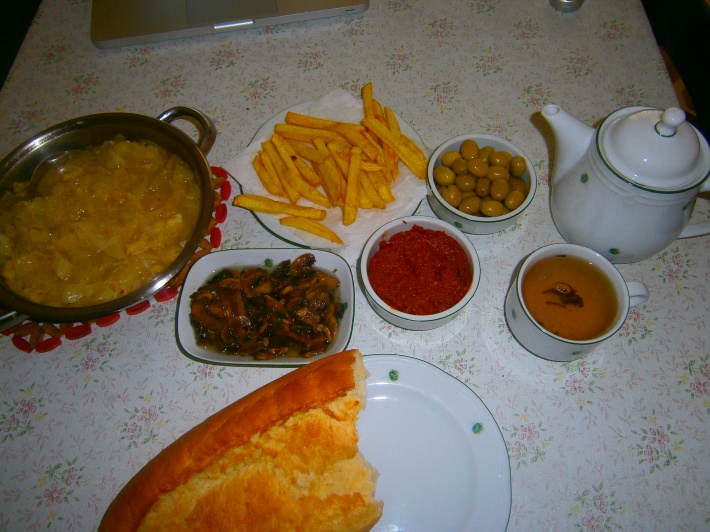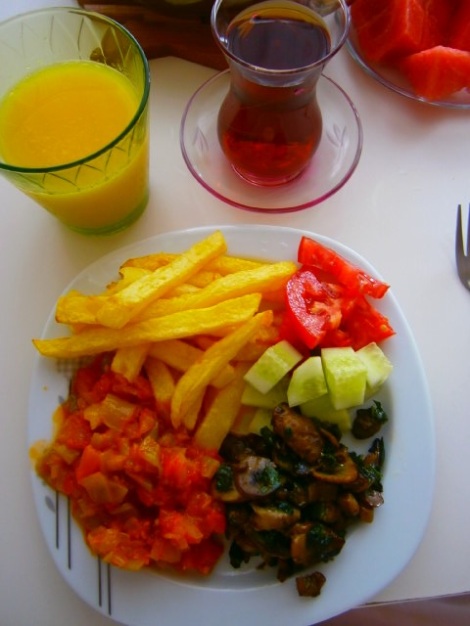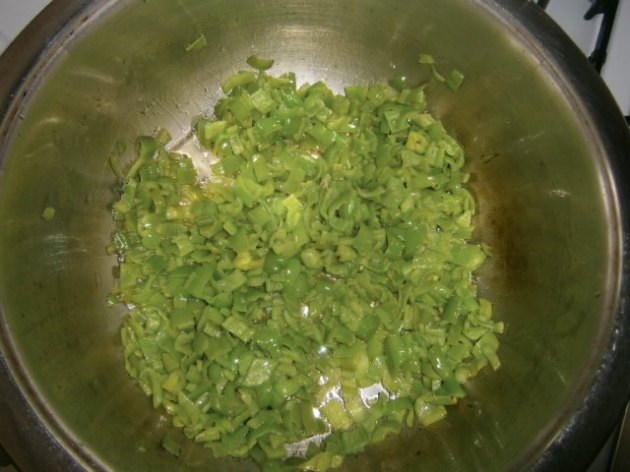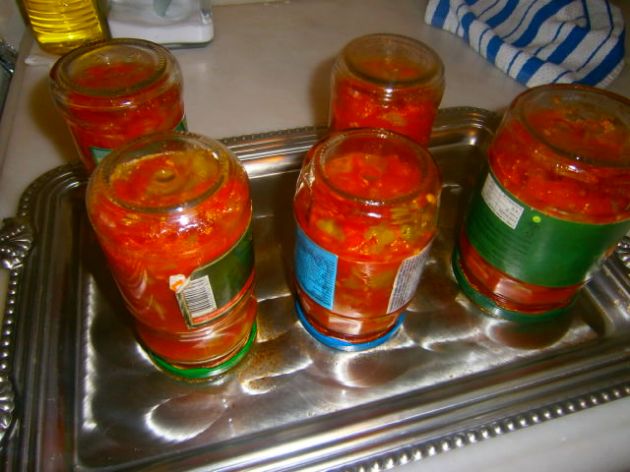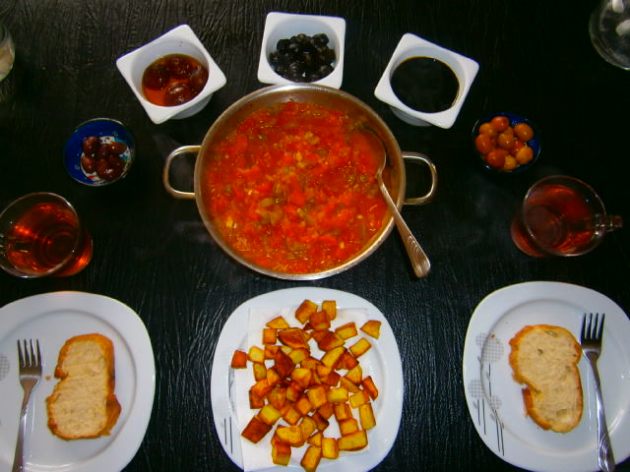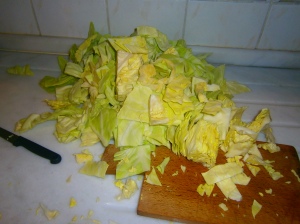The word for ‘breakfast’ in Turkish is ‘kahvalti’ which literally means ‘before coffee’. At a Turkish breakfast table it would be a rather unusual sight to see a Turk drinking coffee. Before coming to Turkey most of my mornings started with a soy latte, but not anymore, partly cause it’s very hard to find a soy latte in Istanbul, let alone a good one and secondly cause I don’t want to look like a weird yabanci (foreigner) drinking coffee with my breakfast. In Turkey it’s tea baby, tea all the way and I’ve got to say I’m hooked. At first I didn’t get how they could drink so much tea in a day. But I get it now. There’s an advertisement on TV which says ‘Çay love you’, ‘çay’ being the Turkish word for ‘tea’ and I’ve got to say çay love you. Just to clarify, when I refer to Turkish tea I am not referring to apple tea. I have never drunk apple tea in Turkey and barely even see it available anywhere except for in the touristy areas. But yes, tea is served in the small tulip shaped glass cups.
However my love of tea is being compromised because I’ve been reading up lately on how if you drink tea with your food the tea blocks the vitamins from the food from getting into your system. So I’ve started drinking my tea ‘açik’ which means weak or trying to replace it with herbal tea, orange juice or water whenever possible (read whenever there’s no one else around so I don’t look like a weird yabanci (foreigner) who not only is vegan but also doesn’t drink tea!).
Here’s some pictures of breakfasts that I’ve enjoyed lately to make your mouths water.
I know this last one isn’t Turkish, it’s a tofu scramble, but sometimes a girl just needs a good old comfort breakfast.
Looking at these photos it’s become very obvious to me that I eat a lot of potatoes, menemen (stewed tomatoes), bread and olives! Oh well what’s that saying ‘breakfast is the most important meal of the day’ so I think that means breakfast should be enjoyed.
Afiyet olsun!


